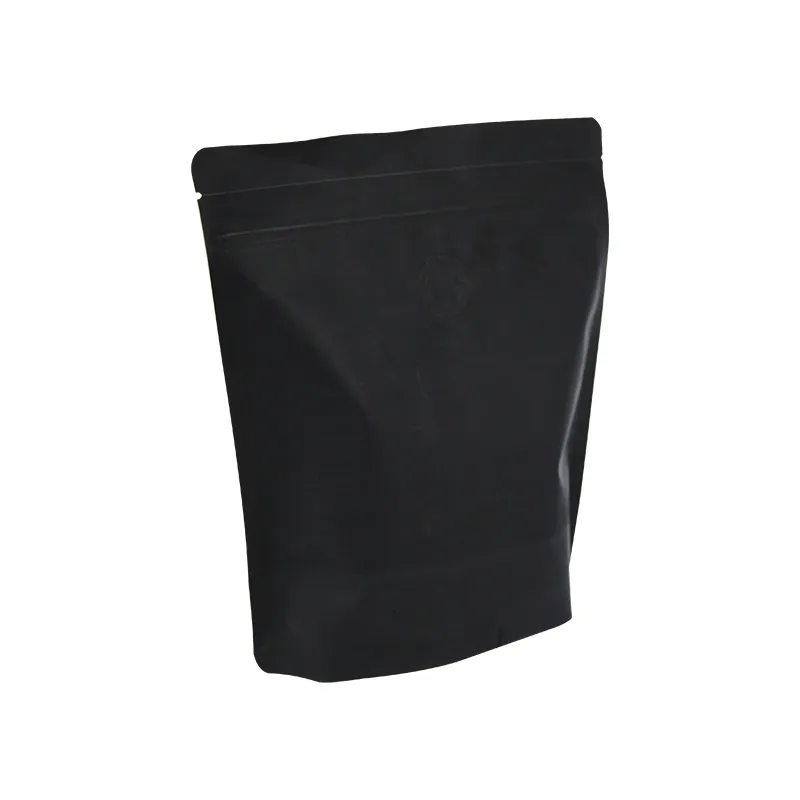- Afrikaans
- Albanian
- Amharic
- Arabic
- Armenian
- Azerbaijani
- Basque
- Belarusian
- Bengali
- Bosnian
- Bulgarian
- Catalan
- Cebuano
- chinese_simplified
- chinese_traditional
- Corsican
- Croatian
- Czech
- Danish
- Dutch
- English
- Esperanto
- Estonian
- Finnish
- French
- Frisian
- Galician
- Georgian
- German
- Greek
- Gujarati
- haitian_creole
- hausa
- hawaiian
- Hebrew
- Hindi
- Miao
- Hungarian
- Icelandic
- igbo
- Indonesian
- irish
- Italian
- Japanese
- Javanese
- Kannada
- kazakh
- Khmer
- Rwandese
- Korean
- Kurdish
- Kyrgyz
- Lao
- Latin
- Latvian
- Lithuanian
- Luxembourgish
- Macedonian
- Malgashi
- Malay
- Malayalam
- Maltese
- Maori
- Marathi
- Mongolian
- Myanmar
- Nepali
- Norwegian
- Norwegian
- Occitan
- Pashto
- Persian
- Polish
- Portuguese
- Punjabi
- Romanian
- Russian
- Samoan
- scottish-gaelic
- Serbian
- Sesotho
- Shona
- Sindhi
- Sinhala
- Slovak
- Slovenian
- Somali
- Spanish
- Sundanese
- Swahili
- Swedish
- Tagalog
- Tajik
- Tamil
- Tatar
- Telugu
- Thai
- Turkish
- Turkmen
- Ukrainian
- Urdu
- Uighur
- Uzbek
- Vietnamese
- Welsh
- Bantu
- Yiddish
- Yoruba
- Zulu
Converting 2 mm to gauge measurement for various applications and projects
Understanding 2 mm to Gauge Measurement A Closer Look
When it comes to industries such as construction, metalworking, or textiles, measurements play a vital role in ensuring accuracy and quality. One common area of confusion arises when converting millimeters to gauge, particularly in contexts where wire thickness or sheet metal is involved. This article aims to discuss the conversion from 2 mm to gauge, the importance of this conversion, and practical applications of these measurements.
What is Gauge?
Gauge is a term used to measure the thickness of various materials, including wire and sheet metals. Unlike the metric system, which is based on millimeters and centimeters, gauge measurements are non-linear and can vary depending on the material being measured. For example, the gauge of a steel wire is different from that of a copper wire, as they have different standard thicknesses. The American Wire Gauge (AWG) system is often used for wire, while the Birmingham Gauge (BWG) is a standard for sheet metal.
Converting 2 mm to Gauge
The conversion of millimeters to gauge is not straightforward, mainly due to the differences between materials. However, you can utilize standard conversion charts to determine the gauge corresponding to a specific measurement in millimeters.
For example, 2 mm converts approximately to 14 gauge in the American Wire Gauge (AWG) standard for steel wire. This conversion signifies that any wire or metal sheet with a thickness of 2 mm would be categorized under 14 gauge in contexts where AWG applies. Understanding these conversions is critical for selecting the right materials in projects that require precise measurements.
The Importance of Accurate Conversion
Getting conversions right is crucial for several reasons. First, using the wrong gauge can lead to structural weaknesses or failures in materials. In construction, for example, the gauge of steel used in beams and supports can determine the longevity and strength of the undertaking. In textiles, using a gauge that's too thick or too thin can compromise the quality of the fabric.
2 mm to gauge

Secondly, accurate gauge measurements facilitate effective communication among industry professionals. When designers, architects, and engineers refer to specific gauges rather than millimeter measurements, it ensures a common understanding and can help prevent errors in material selection.
Practical Applications
Now that we understand the significance of converting measurements like 2 mm to gauge, let's discuss some practical applications.
1. Construction In the building industry, different elements such as wires, nails, and metal sheets come with specific gauge measurements. For instance, knowing that 2 mm corresponds to 14 gauge enables builders to select the right materials for framing, wiring, or roofing systems.
2. Manufacturing In manufacturing, especially when creating products that rely on precision, such as automotive parts or electrical components, conversions between millimeters and gauge are necessary. Knowing that a specific part requires a 14 gauge wire (or 2 mm) ensures that the manufacturing process remains efficient and that quality is upheld.
3. DIY Projects For hobbyists and amateurs engaged in DIY tasks, understanding gauge conversions can simplify project planning and execution. Whether it’s for electronics or crafting, the ability to translate millimeter measurements to gauge allows for a more comprehensive understanding of material requirements.
Conclusion
In conclusion, the conversion of 2 mm to gauge is an essential aspect of various industries where precise measurements are crucial. The knowledge about how to convert and apply these measurements can greatly influence the quality and durability of materials used in construction, manufacturing, and even DIY projects. As technology evolves, the need for accuracy in these conversions remains constant, underscoring the importance of understanding the relationship between millimeters and gauge in practical applications. Whether you are a professional in the field or simply someone looking to take on a project, being informed about these measurements will undoubtedly serve you well.













